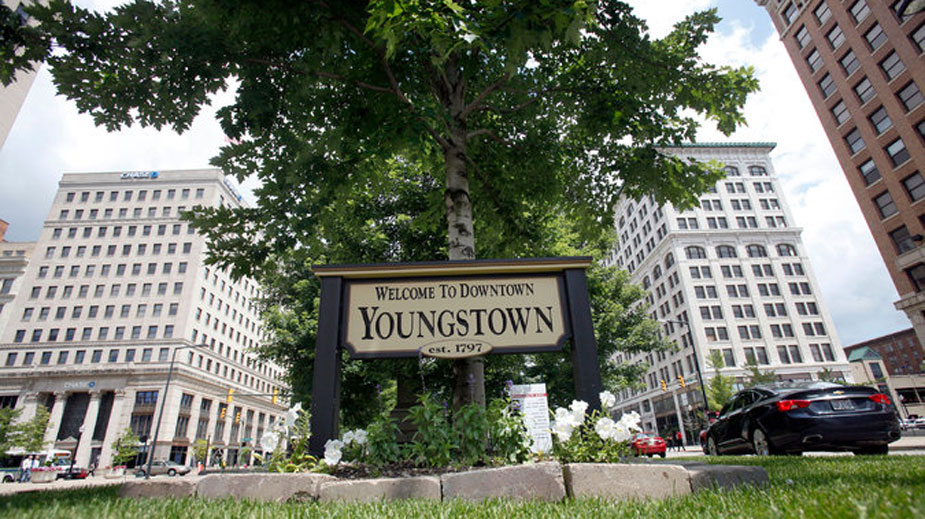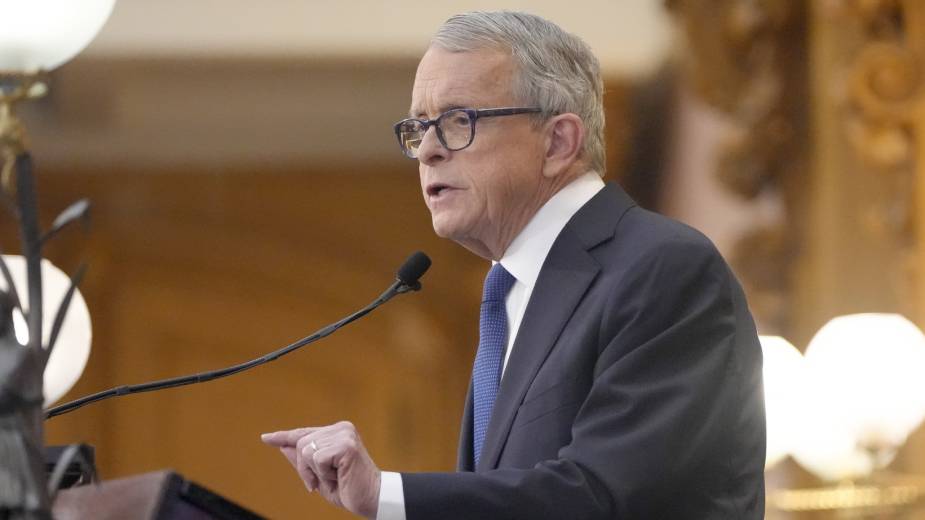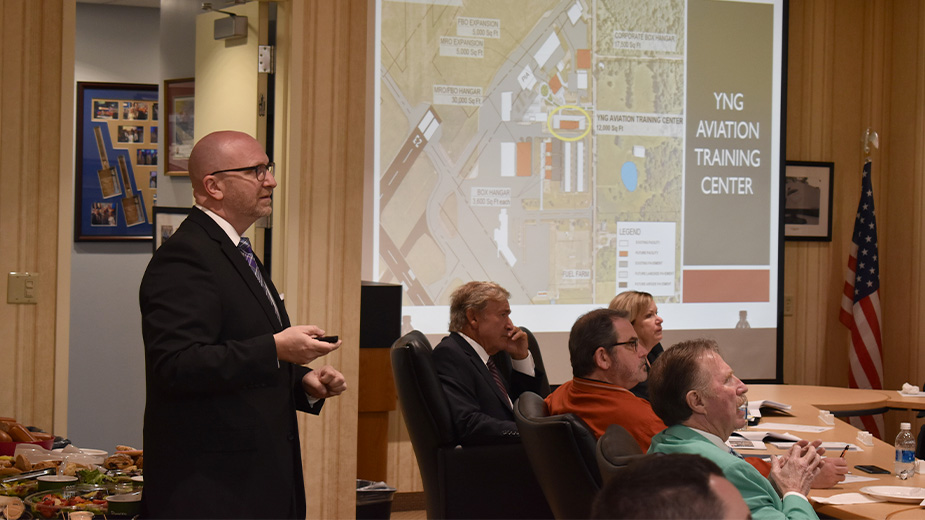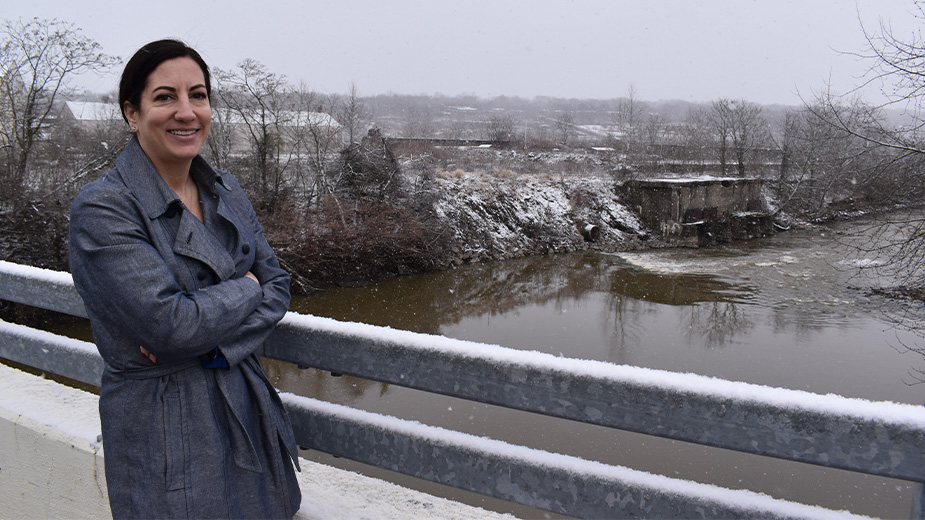Guest Commentary: Making Youngstown
By Kathy Serenko
YOUNGSTOWN, Ohio –- This month’s National Week of Making represents the vision of a nation determined to reclaim its place as a global hub of creative manufacturing. In Youngstown and greater Northeast Ohio, that vision is well on its way to reality.
For a region steeped in the tradition of steel production, the relatively new and broad terms of “making” and “maker” deserve some explanation.
Simply put, makers make. Makers include hobbyists, scientists, manufacturers, tech enthusiasts, educators, artists and any other category of people who make or create. By its nature, a maker community is communal, meaning that individual makers can operate independently while tapping into the resources and collaborative relationships that exist throughout the maker community or ecosystem.
During the week of June 20th, makers across the country are gathering in designated cities to attend one of several 2016 Maker Faires, family-friendly festivals that celebrate invention, innovation and resourcefulness.
Youngstown as a Maker Space
A quick walk through history sheds light on how Youngstown is recapturing its preeminence as a place of making.
In the mid-1850’s, the Mahoning Valley was a leader in iron production, and by the close of the century, the region’s maker success had transferred to steel production. By the 1920s, the Mahoning Valley was second only to Pittsburgh in American steel production, a trend that peaked in the early 1970s. Within a handful of years, the steel industry had ground to a halt, and it seemed that the maker spirit might forever remain dormant. Not so.
A few local visionaries understood that northeast Ohio had the resources to once again become a national center of makers engaged in creative manufacturing. The first step in recreating a maker ecosystem was the establishment of the Youngstown Business Incubator in 1995. Over the next two decades, YBI quietly expanded its influence, creating a focus on IT entrepreneurs that stretched across 21 counties in northeast Ohio. In 2010, YBI pivoted its focus to include advanced materials and manufacturing.
By 2012, the nation was beginning to notice the manufacturing rebirth taking place in the Mahoning Valley. The federal government responded with a $70 million infusion by locating America Makes, the National Additive Manufacturing Innovation Institute, in the heart of Youngstown. Not only is America Makes geographically adjacent to YBI, but the two organizations share a common vision as well. Today YBI and America Makes are key and independent contributors to the region’s maker ecosystem.
The importance of America Makes’ presence in the community and its role in global manufacturing advances cannot be overstated. Additive manufacturing, synonymous with 3-D printing, is a key part of the DNA of manufacturing today. While 3-D printing is becoming popular in the consumer world, its impact at the industrial level is necessary to U.S. competitiveness in manufacturing and to a vast number of end-user business sectors.
YSU: A Local Maker Leader
The resources of Youngstown State University completes the foundation of Youngstown’s maker ecosystem. Here the maker definition comes to life: Youngstown has become a collaborative community investing its creative making expertise and resources into a growing infrastructure of entrepreneurship and economic opportunities.
In 2014, YSU established the Center for Innovation for Additive Manufacturing, a student-accessible, university-funded maker space that enables student entrepreneurs to collaborate with America Makes to create and test prototypes on site.
YSU has also established Launch Lab, a multidisciplinary collaborative program that involves the disciplines of Science, Technology, Engineering and Math (STEM), as well as the often missing but critical business components. Brett Conner, associate professor of engineering at YSU, explains the program’s success. “Some people are surprised to learn that YSU’s Launch Lab is part of the university’s Williamson College of Business Administration, but there is good reason for that. In addition to technology,” he adds, “entrepreneurs need to understand supply chain, marketing, communications and other business principles.”
YSU has further distinguished itself by stepping up as one of a handful of universities that will offer an undergraduate degree in manufacturing engineering. “The region is not only rebounding but is leading in the maker space,” says Conner, “and we need to prepare a new generation of employees who can continue to carry the momentum of the region’s maker movement.”
“One challenge in the maker community,” explains James Cossler, YBI CEO, “is the need to train engineers to think differently. Design rules have changed,” he adds. “YSU’s interdisciplinary focus is transforming how engineers are trained, so that they learn to think like entrepreneurs.”
YBI’s mission is to build collaborative partnerships that promote technology and build opportunity for local job growth. Currently the incubator houses a portfolio of 54 companies. Applied Systems & Technology Transfer (AST2), is one portfolio company that is actively applying technology advances coming from neighboring America Makes.
Student Makers
AST2 has developed an Invent3D printer kit that allows users to build, use and disassemble a 3-D printer. The kit is ideal for student applications, and AST2 is carrying the technology into the classrooms of K-12 students and on into post-secondary workforce development. Learners at every level are equipped to solve real-world problems through the process of design and invention. The outcome is the creation of virtual prototypes that can be produced by 3-D printers.
Military Makers
The Invent3D printer kit has proven ideal for military outposts as well, since onsite printing bypasses expensive and lengthy production and supply chain delays. AST2 introduced this concept by teaching marines at Camp LeJeune to assemble and use 3-D printers to produce tools, equipment parts and other necessities.
Another application that has captured national attention is the Apollo Project, which was recently introduced by the U.S. Secretary of the Navy. Its purpose was to challenge sailors to design and print any item that would improve their daily lives. One group of sailors, who identified their product as TRUCLIP, won that competition. TRUCLIP is an alternative to the standard-issued clip intended to secure radio-controlled devices. The standard-issued device breaks easily, and its replacement cost is a hefty $1,200 per clip.
By 3-D printing the clips, not only can the Navy dispense with offsite production and supply chain issues, but the production cost of the 3-D printed design alone will save the Navy more than $1 million in its first year of use. As a reward for their winning design, TRUCLIP designers will soon have the opportunity to watch as astronauts at the International Space Station produce the TRUCLIP in space.
Julie Michael Smith, executive vice president at AST2, puts her spin on the maker persona. “People try to narrow the definition of maker to CAD experts or someone who is involved in technical product development. That’s not accurate, though. Anyone can be a maker; there are no lines.”
The Future of Making
Youngstown no longer lives in the shadow of the defunct steel industry. Today it leads a region and a nation, reviving America’s maker spirit by incorporating 3D printing, interdisciplinary entrepreneurial studies and a collaborative community that brings together researchers, designers, engineers, business people and creative talents. The result for the region will be continued ingenuity, business growth and economic benefit.
The resources are in place. The challenge now is to transfer that know-how into newly emerging maker spaces and onto the plant floors of existing small and mid-sized companies that will benefit most from 3-D printing and other evolving technologies.
“The people of Youngstown never lost their capabilities or their fighting spirits,” says YBI’s Cossler. “We just had to reinvent ourselves, and we’re doing that as makers.”
The author, Kathy Serenko, uses communications to help local companies become more competitive and profitable. She also writes for regional and trade publications, with a focus on manufacturing, robotics and other emerging technologies. She is a member of the National Association of Science Writers.
Copyright 2024 The Business Journal, Youngstown, Ohio.



